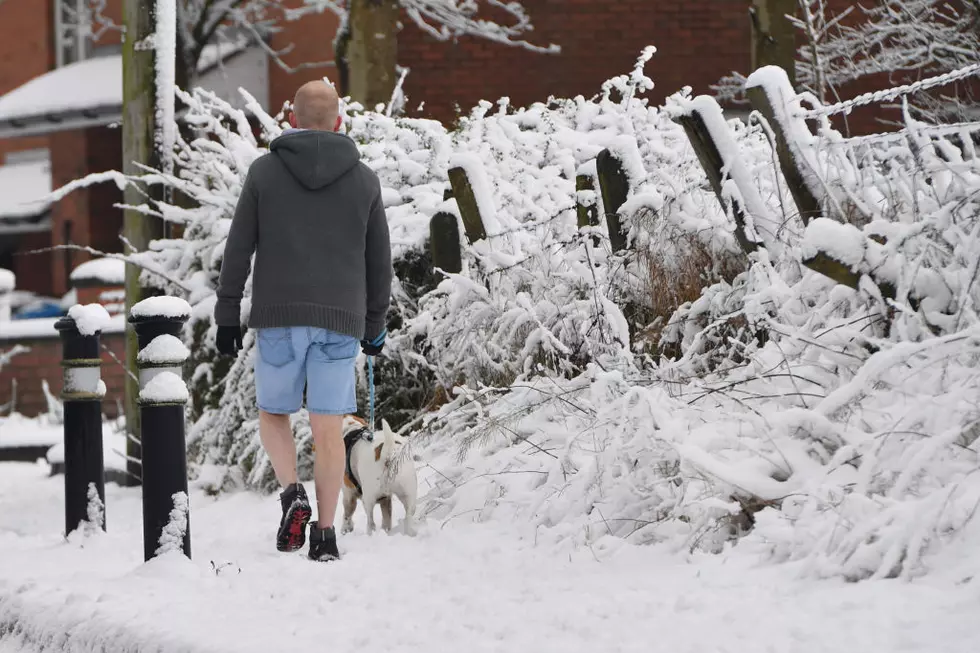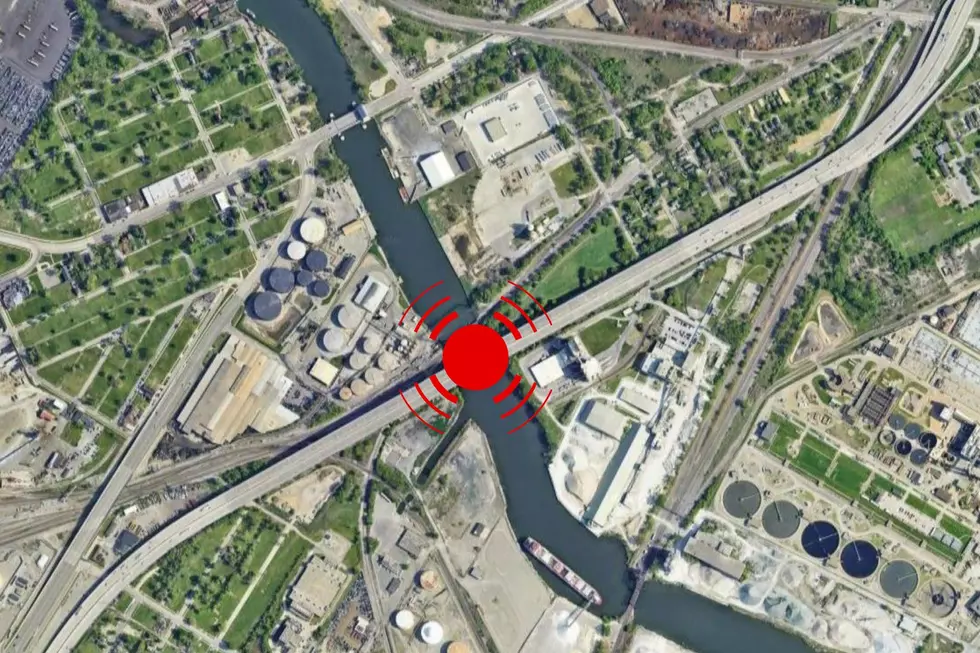
Michigan Firearms Deer Harvest Down in 2014
The 2014 firearm deer season in Michigan is over. Deer numbers are down this year.
Severe winter weather, standing corn that provides cover, and continued recovery from a disease outbreak from years ago are among the reasons cited.
Each year the Department of Natural Resources generates preliminary estimates of the firearm deer harvest shortly after the season closes. Those estimates are later replaced by a detailed look at harvest and participation of all deer seasons using a hunter survey.
Challenging conditions and lower deer numbers in some areas likely have led to fewer deer being taken this year.
The 2014 firearm deer season harvest appears to have decreased in all regions this year, but particularly in the Upper Peninsula.
DNR biologists estimate that, compared to 2013, the harvest was down approximately 30 to 40 percent across the Upper Peninsula, decreased as much as 10 percent in the northern Lower Peninsula, and was down about 5 percent in the southern Lower Peninsula.
UPPER PENINSULA
Deer populations in the Upper Peninsula are down after two severe past winters. The DNR significantly reduced antlerless quotas prior to this season and has invested in habitat improvement and research assessing the role of predators, habitat and weather conditions.
The 2014 deer season forecast indicated hunters should expect to see fewer deer in the region. Early snow made conditions even more challenging. Some locations saw more than 40 inches of snow accumulation before the firearm season opened, making hunting access challenging and driving deer to migrate out of such areas earlier than normal.
“The number of deer brought to our check stations declined as much as 60 percent in some locations, though hunter success was somewhat better in areas with higher deer densities,” noted Upper Peninsula Regional Supervisor Terry Minzey.
LOWER PENINSULA
Deer harvest did not decline as dramatically in the Lower Peninsula. “The tough winter last year did not impact deer populations below the bridge as it did in the Upper Peninsula,” noted Ashley Autenrieth, Wildlife Division deer biologist for the northern regions. “But reduced antler size this season indicated deer condition was affected.”
Concentrations of standing corn that provide secure cover for deer created tough hunting conditions in some locations.
Brent Rudolph, Wildlife Division research specialist, said “department research in one southern Michigan study area indicates deer numbers are still only slowly rebounding following an extensive outbreak of epizootic hemorrhagic disease several summers ago.”
More From 100.5 FM The River









